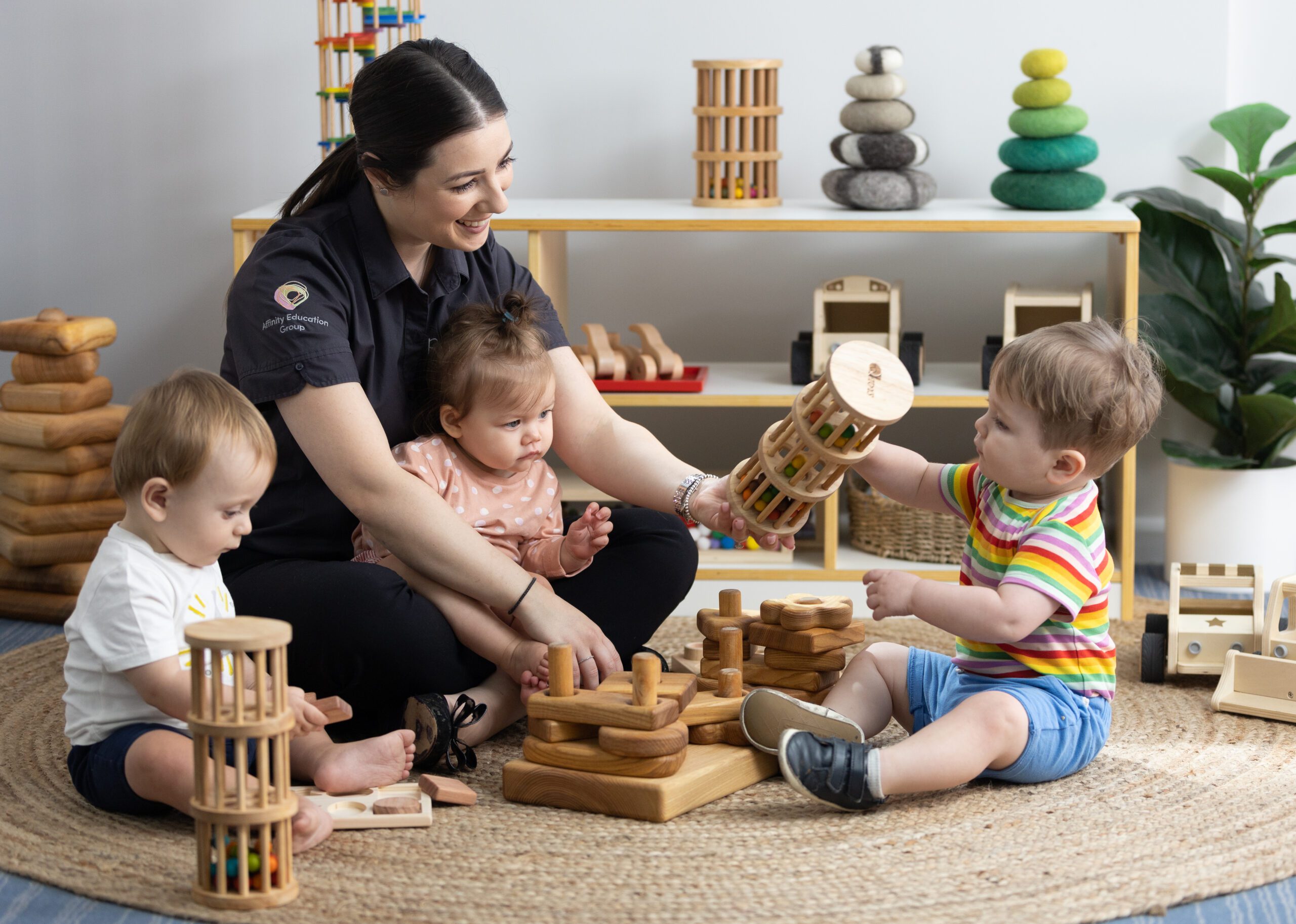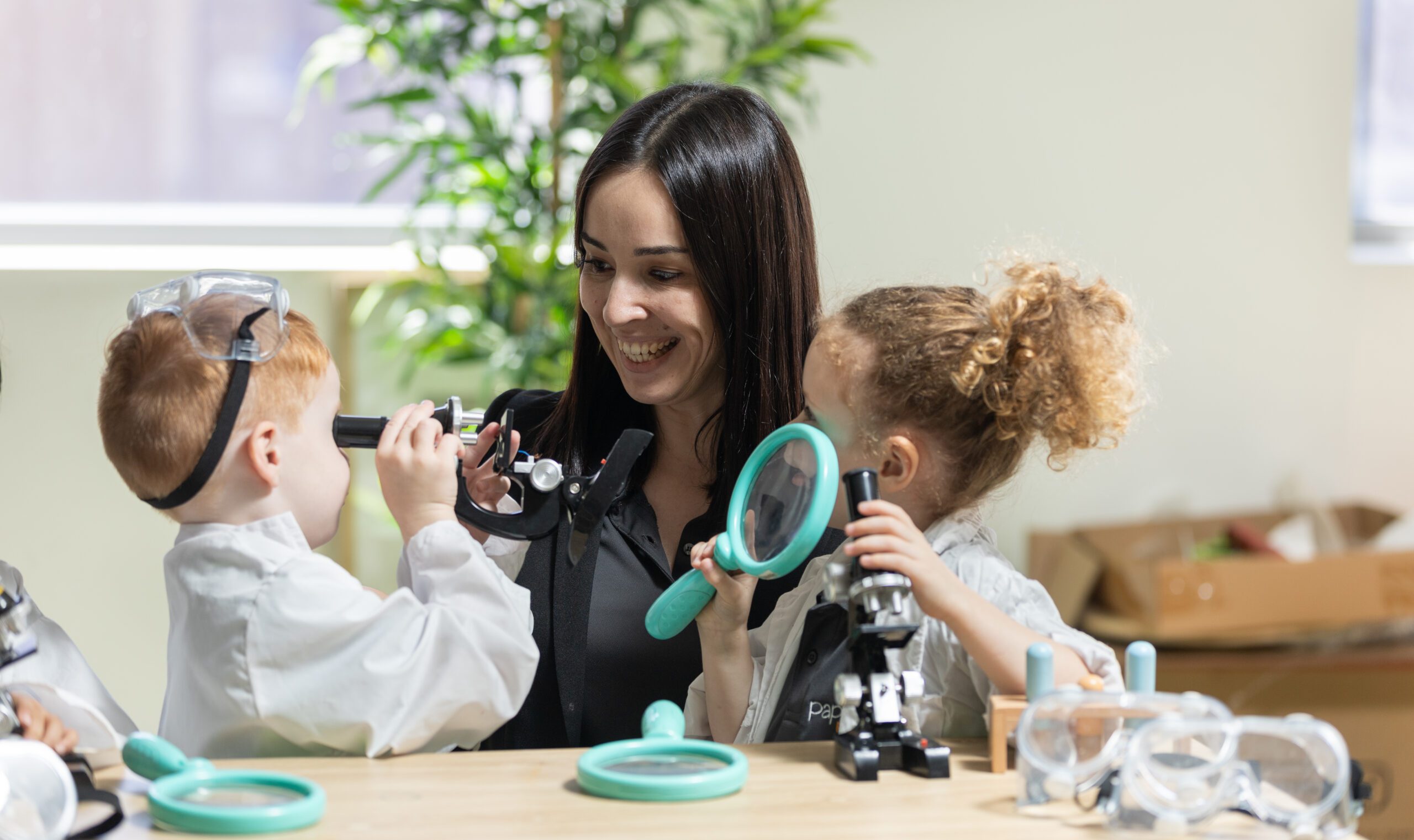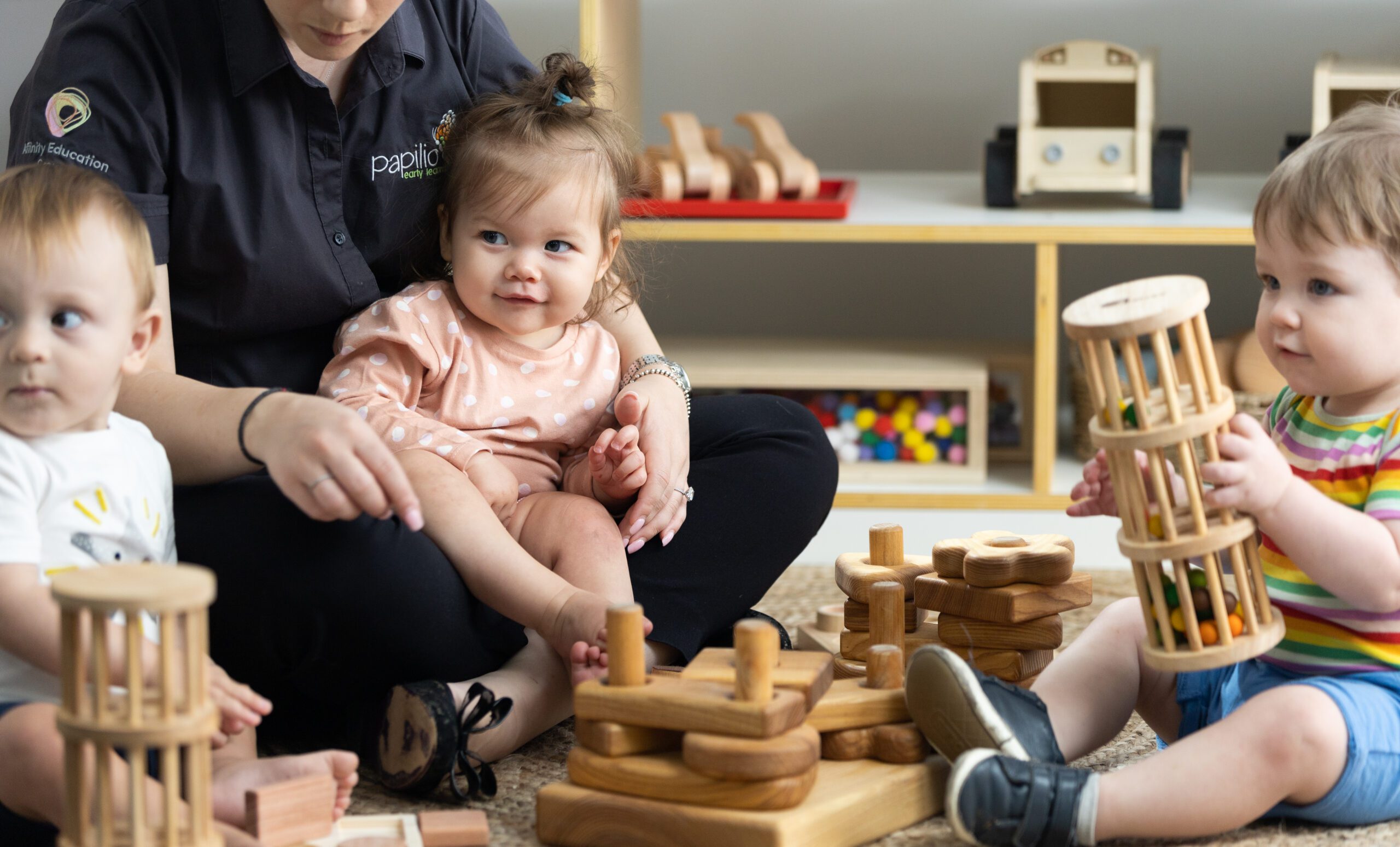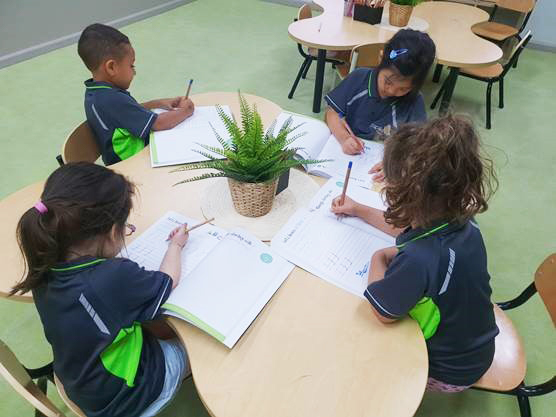Address
Open Hours
7:00 am to 6:00 pm
Ages
New Enrolments
Early Learning Pitt Town
Welcome to Papilio Early Learning Pitt Town, our qualified educators and teachers are trained in the Lifelong Learning Curriculum for ages 0-5. We nurture a lifelong love of learning through a combination of play-based and intentional teaching experiences which help your child develop Social Connectivity, Emotional Confidence, Foundational Learning and Physical Health and Wellbeing.
We provide individual care and attention to children in our baby nursery, toddler program, and Kindergarten/Preschool, ensuring they receive the best possible start to their early education. We also offer flexible care options that suit the routines of busy families. Our university qualified early childhood professionals are on staff, focusing on school readiness to prepare your child for their next educational step.
You can stay connected with your child\'s progress and receive updates about their day through our family communication app, Storypark.
Our Early Learning Centre has a range of inspiring environments for children to explore, including spacious outdoor play areas that encourage children to test their limits, build strength, and develop self-confidence. We also offer a range of incursions and excursions, including fitness and health, animals and nature, and the larger community. We provide fresh and nutritious meals to the children each day.
Our dedicated Family Support Team is always available to answer any questions you may have about our programs and services. We believe that by working closely with families and communities, we can provide the best possible care and education for each child. Contact us today at 1800 24453 2273 or fill in our online form to book a tour of our centre, meet our team of experienced and caring educators, and learn more about the Papilio Early Learning’s difference.

Our Lifelong Learning Curriculum Includes:
Language Lessons
Yoga
Sustainability
STEAM
Multi-sport
Performing Arts
School Readiness
Cooking
Book a tour with us today
Our Lifelong Learning Curriculum
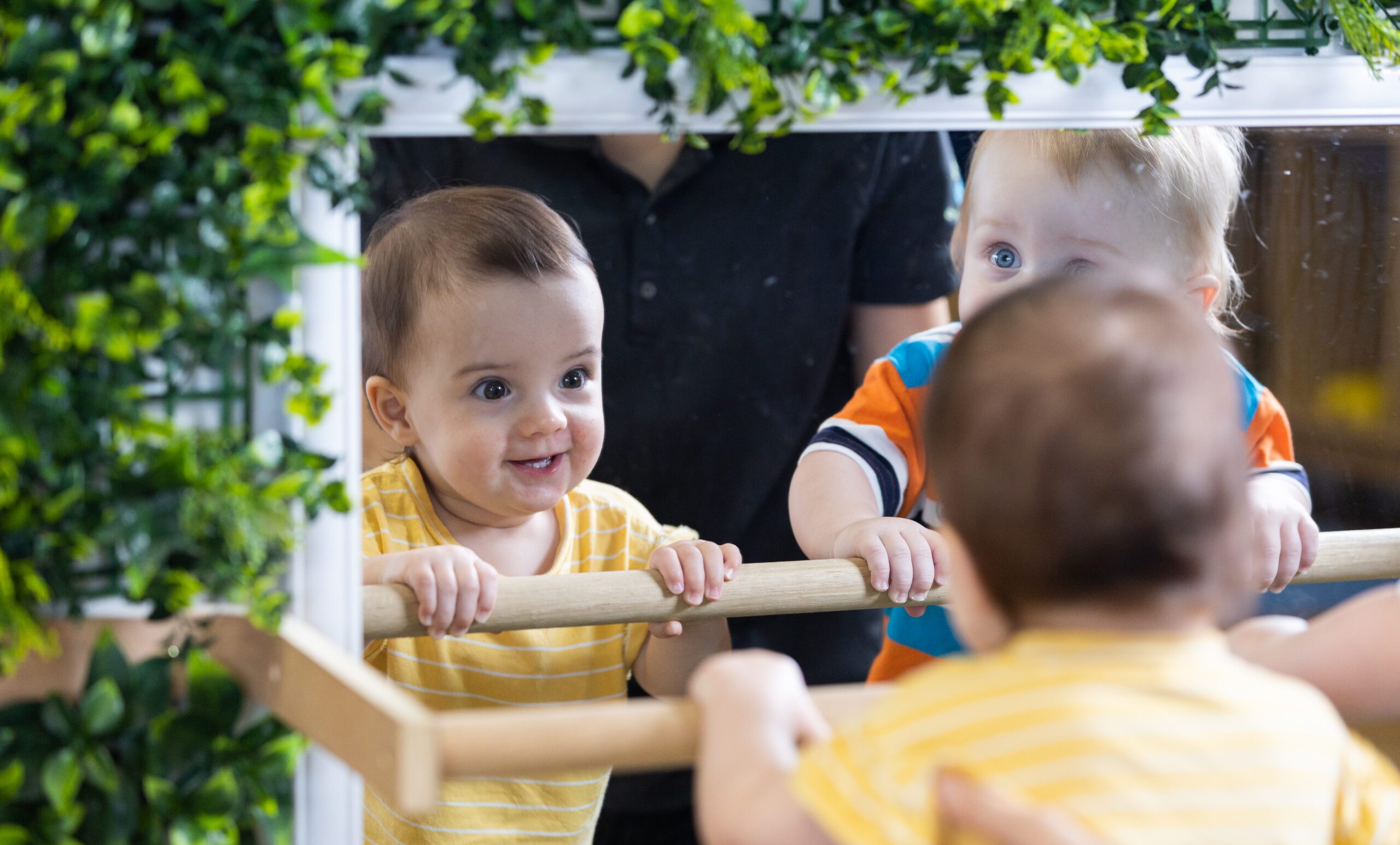
Healthy Beginnings
The Lifelong Learning Healthy Beginnings Curriculum emphasizes the establishment of secure attachments and positive relationships between babies and educators through the use of the Circle of Security and learning zones focused on play schemas that support babies physical and intellectual development.
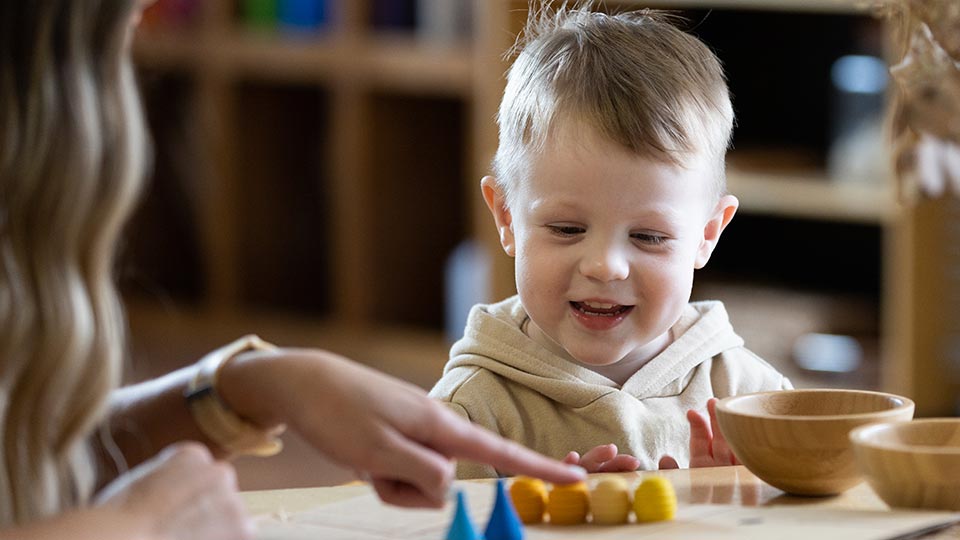
Early Experiences
The Lifelong Learning Early Experiences Curriculum emphasizes the development of Toddlers’ language and social development using the Abecedarian approach within our intentional learning zones focused on play schemas that support toddlers' physical and intellectual development.
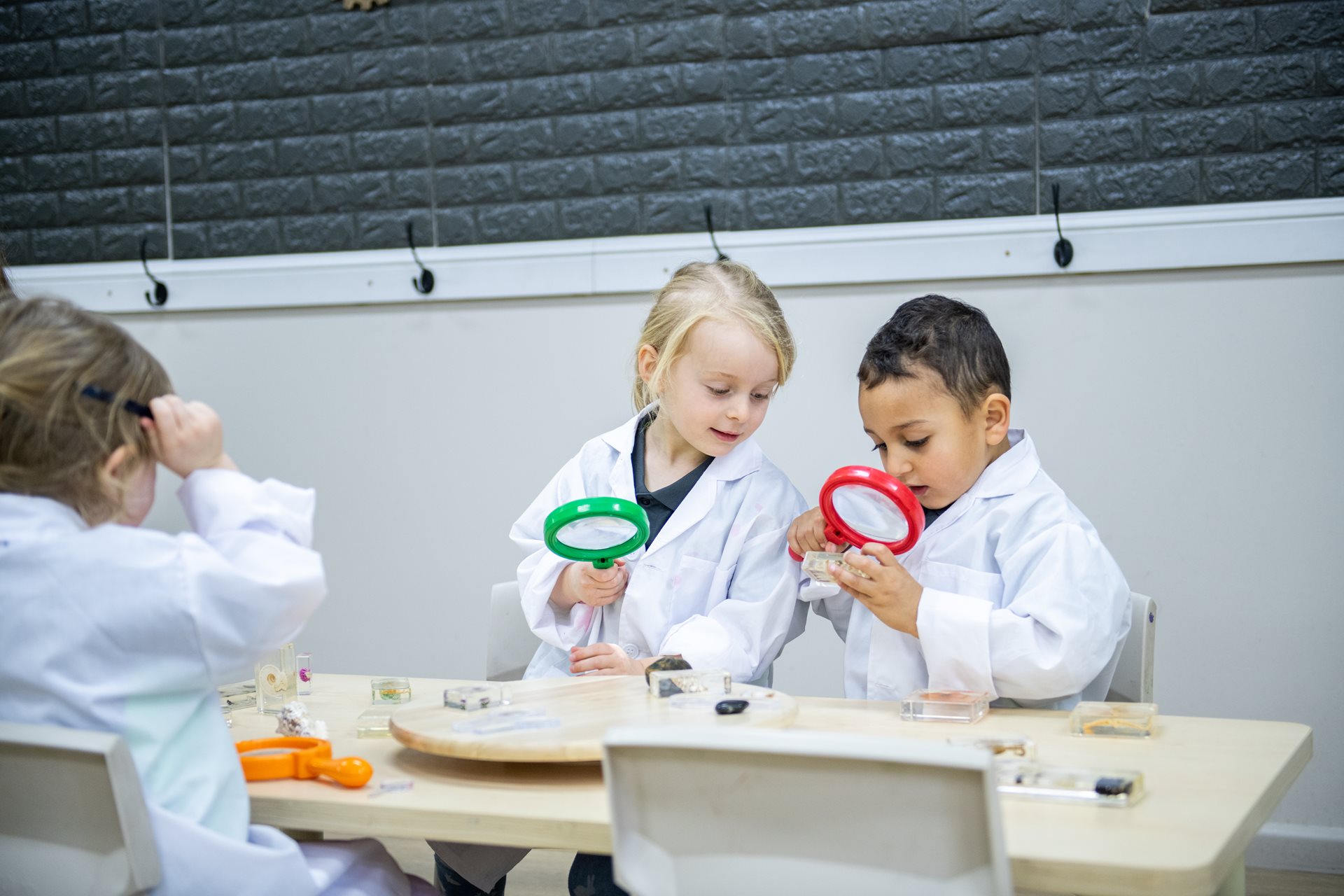
School Readiness
We use Project-based learning, appropriate technology and enrichment programs to spark the best experiences. The Lifelong Learning: School Readiness Curriculum emphasizes enquiry-based projects and foundation academic skills to support children’s development of key 21st-century school readiness.
Meet our team
Working in Early Childhood Education means you get to be a part of children’s learning journeys and celebrate so many milestones and achievements with both children and their families. We are passionate about the education we provide through our Lifelong Learning Curriculum, supporting your children to reach their full potential.
Here at Papilio Early Learning Pitt Town, we believe our centre is an excellent choice for parents seeking the best childcare as our service has the most incredible team of Educators, Teachers and Management and we take pride in the knowledge, skill and passion of the team. Our educators are highly qualified, and our team is dedicated to the care and education for every child. We are also incredibly lucky to have a learning environment that is warm and inviting for our children and families.
What our families say about us
Book a tour with us today
Get in touch with one of our friendly team and start your journey with Papilio Early Learning Pitt Town

